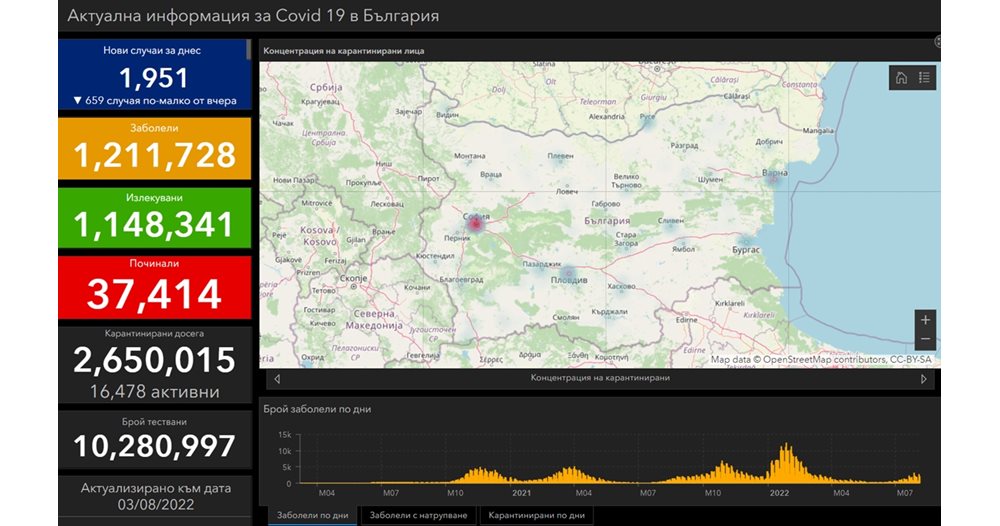In December 2021, when San Diego approved a plan to make Barrio Logan a healthier community, all residents wanted to do was hug, cry and cheer together.
But they could not. Due to COVID-19 precautions, the City Council vote to approve the update to the Barrio Logan Community Plan was conducted virtually. The celebration had to wait.
On Saturday, about 70 residents and community activists gathered in Logan Heights to remember the event.
Unanimously approved by the City Council, the 142-page plan is the first update to the area’s growth plan since 1978.
The plan, which serves as a blueprint for Barrio Logan’s growth over the next 20 to 30 years, seeks to separate residents from the shipping industry through a 65-acre buffer zone that prohibits any new or expanded industrial uses. It also provides for the creation of 8 new parks, community gardens for access to fresh food, and improved connections to Chollas Creek Regional Park and the Bayshore Bikeway.
These goals are intended to reverse the “environmental racism” that the culturally rich area of Barrio Logan has long suffered from, City Council President Sean Elo-Rivera said in approving the plan last year.
Barrio Logan, a majority Latino and Chicano neighborhood south of downtown and east of San Diego Bay, has one of the highest rates of asthma in California, according to the US Environmental Protection Agency. Major contributing factors to this situation include heavy-duty diesel trucks passing near and through the area and the city’s past decisions to convert the residential community into a dense industrial zone.
Those present said Saturday that the new plan allows hope for a cleaner future.
“Now, finally, Barrio Logan has a community plan that protects residents, health, community culture, and we are well on our way to preventing displacement and gentrification,” said Diane Takvorian, CEO and co-founder of the Environmental Health Coalition.
María Peñuelas is one of the community activists who promoted the approval of the community plan. Saturday marked a special moment in the trajectory of community efforts, she said.
“I am very happy to be here, to see and feel the support of all the people because the plan has been updated. We have waited 40 years to be heard. Now I see that it was all worth it, all those meetings that we had with the residents and the city,” she added.
San Diego, California July 30: San Diego Mayor Todd Gloria speaks during an event hosted by the Environmental Health Coalition to celebrate the update of the Barrio Logan Community Plan at Mujeres New House on Saturday, July 30, 2022 in San Diego, Calif. The City Council voted unanimously to approve the plan on Dec. 7, 2021. (Ana Ramirez/The San Diego Union-Tribune)
(Ana Ramirez/The San Diego Union-Tribune)
–
–
Mayor Todd Gloria, who attended Saturday, said Barrio Logan’s plan includes protections against displacement and inclusion clauses in the housing he wants to incorporate throughout the city.
“That’s the change that all of you have been fighting for,” he said.
Julie Corrales, Barrio Logan resident and Environmental Health Coalition policy advocate, concluded the event with a message: “There is still a lot of work to be done.”
The community plan must be approved by the California Coastal Commission because the area is also under their jurisdiction.
Residents and activists said they also want diesel-polluted neighborhoods like Barrio Logan to be prioritized in the city’s Climate Action Plan, which the City Council will consider adopting Tuesday.
The Climate Action Plan determines where and how San Diego will spend millions of dollars. Residents of Barrio Logan and Logan Heights say the Plan does little to reduce greenhouse gas emissions in their communities.
They will demand stronger clean air targets and require the city to allocate more funds to implement the Climate Action Plan in their communities.
–


